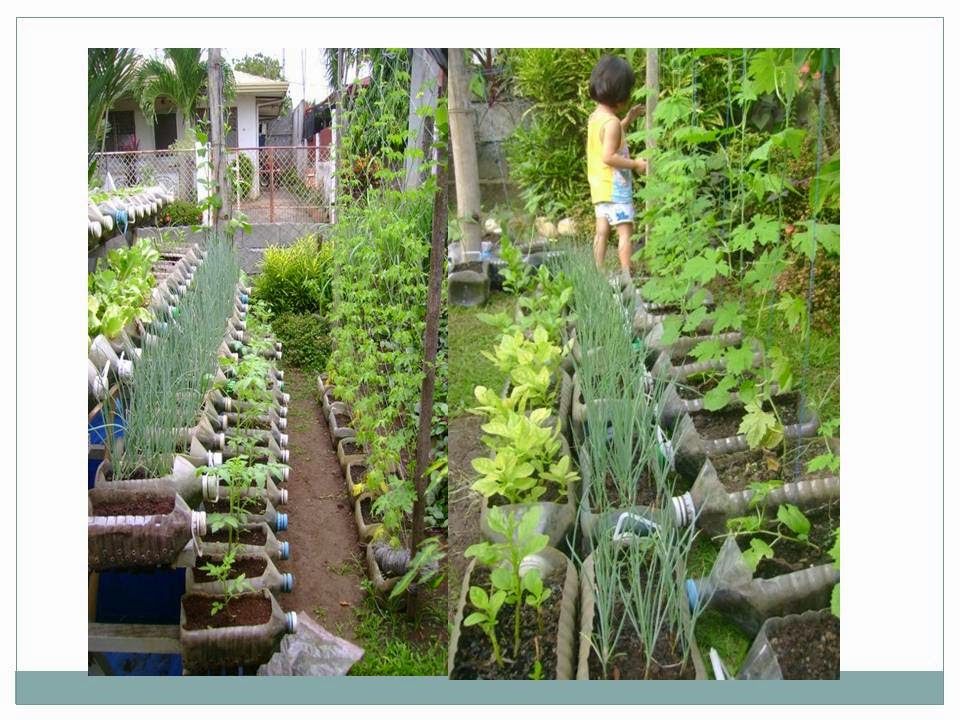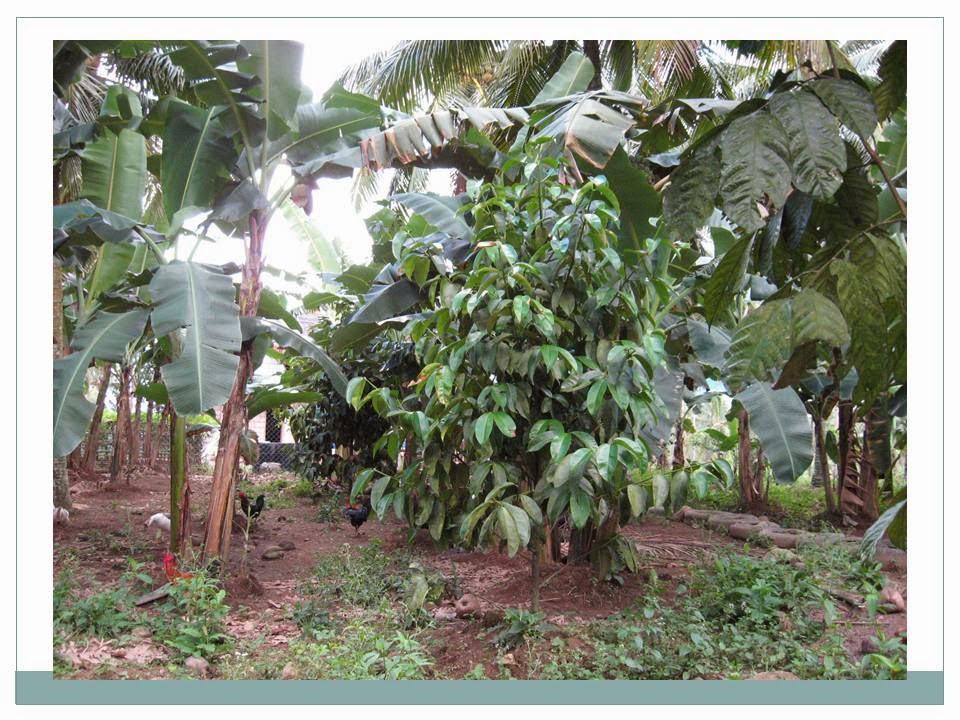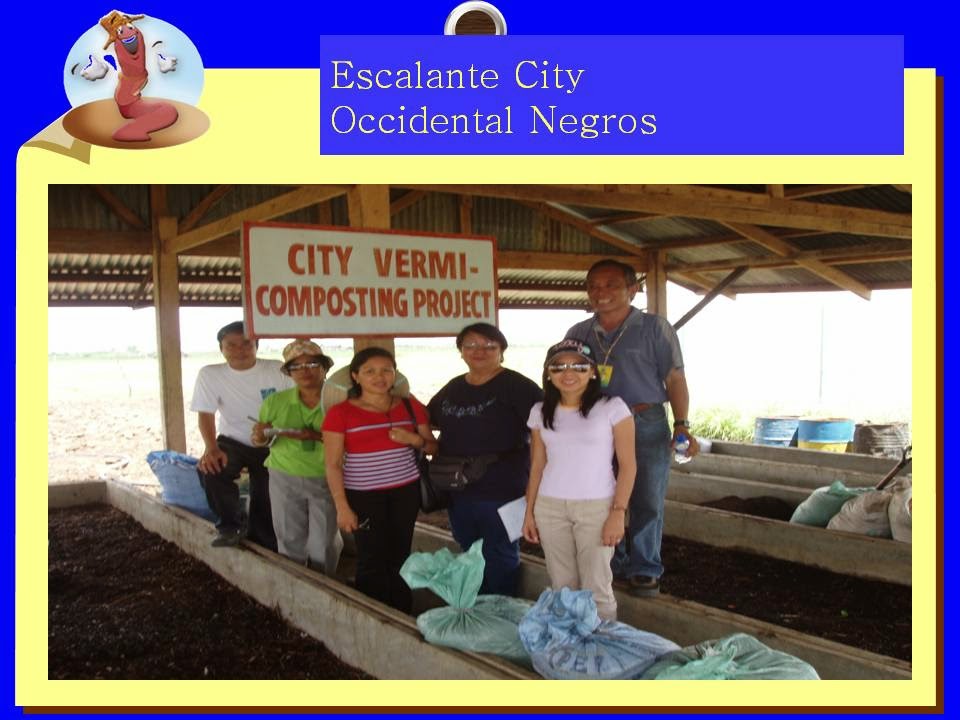 |
| Starting today I am in-charge now... |
The PAGADIAN SCIENCE HIGHSCHOOL is envisaged to be a leading institution of 12-K higher learning campus, continually pursuing excellence in the formation of globally-competitive young students who are dedicated and committed to uplift the quality of life among all Zambosurians
Labels
- About the College (5)
- Animal Science (10)
- Bio 1 lectures and Notes (2)
- Breeding & Genetics (11)
- BS Agriculture (8)
- Climate Change and Agriculture (4)
- Crop Protection (1)
- Crop Science (4)
- Extension Services (23)
- Provincial Profile (1)
- Research Agenda (16)
- Soil Science (1)
- Students AgriPreneurs (9)
Friday, August 1, 2014
Thursday, April 3, 2014
Learn Genetics: Molecules of Inheritance
This is all about DNA and genes. DNA is made of four simple buildings blocs, yet it contains all of the information necessary to build an organism.
Get to know DNA, the molecule that holds the universal code of life http://learn.genetics.utah.edu/content/molecules/dna/
Build a DNA molecule. Find out how DNA code letters A,C,G, and T make a DNA molecule by building one yourself buld me a DNA.
Get to know DNA, the molecule that holds the universal code of life http://learn.genetics.utah.edu/content/molecules/dna/
Build a DNA molecule. Find out how DNA code letters A,C,G, and T make a DNA molecule by building one yourself buld me a DNA.
Learn Genetics: What are dominant and recessive
These lecture notes are courtesy from the Genetics Learning Center, University of Utah.
The terms dominant and recessive describe the inheritance patterns of certain traits. That is, they describe how likely it is for a certain phenotype to pass from parent offspring.
Sexually reproducing species, including people and other animals, have two copies of each gene. The two copies, called alleles, can be slightly different from each other. The differences can cause variations in the protein that’s produced, or they can change protein expression: when, where, and how much protein is made. Proteins affect traits, so variations in protein activity or expression can produce different phenotypes.
A dominant allele produces a dominant phenotype in individuals who have one copy of the allele, which can come from just one parent. For a recessive allele to produce a recessive phenotype, the individual must have two copies, one from each parent. An individual with one dominant and one recessive allele for a gene will have the dominant phenotype. They are generally considered “carriers” of the recessive allele: the recessive allele is there, but the recessive phenotype is not.
The terms are often misleading and confusing but to make things clearer please click me here in Utah
Tuesday, April 1, 2014
Tour of Basic Genetics_ 6 of 6: What is a Chromosome?
Each cell in our body contains a lot of DNA. If you pulled the DNA from a single human cell and stretched it out it would be about three meters long!
How does that DNA fit into a cell?
The DNA is packaged into compact units called "chromosomes"
How many chromosomes does one cell hold? Let's find out here http://learn.genetics.utah.edu/content/chromosomes/intro/
How does that DNA fit into a cell?
The DNA is packaged into compact units called "chromosomes"
How many chromosomes does one cell hold? Let's find out here http://learn.genetics.utah.edu/content/chromosomes/intro/
Tour of Basic Genetics_5 of 6: What is a Protein
What is a protein? Proteins are the machines that make all living things function. how do proteins work in the body? Our bodies are made up of about 100 trillion cells. Each of these cells has a specific job order. Every cell contains thousand of different proteins which work together 24/7 as tiny machines to run the cell. You can click proteins here as parts of a car engine and explore to appreciate more with a lot of thanks with the University of Utah for this easy to understand presentation.
Tour of Basic Genetics_4 of 6: What is a Gene?
What is a gene class? Genes are instruction manuals for our bodies. They are the directions for building all the proteins that make our bodies function. Genes are made of DNA (see 3 of 6) and visit http://learn.genetics.utah.edu/content/molecules/gene/ .
Tour of Basic Genetics_3 of 6: What is DNA?
Let examine a group of cells in your inner ear. They help support the function of hearing. How do these cells "know" that heir role is to support hearing instead of something else like making your heart beat? Let's visit by clicking University of Utah at their Genetics Learning Center.
Tour of Basic Genetics_2 of 6: What is a Trait?
A trait is a notable feature of quality in a person. Each of us has a different combination of traits that make us unique, for more traits please click basic genetics lesson 2 and have more fun
Tour of Basic Genetics_1 of 6: What is Heredity
What is heredity? You can click Why do children look like their parents? Why do bothers and sisters resemble each other?
Thursday, March 27, 2014
Tuesday, March 25, 2014
Subscribe to:
Comments (Atom)


















































